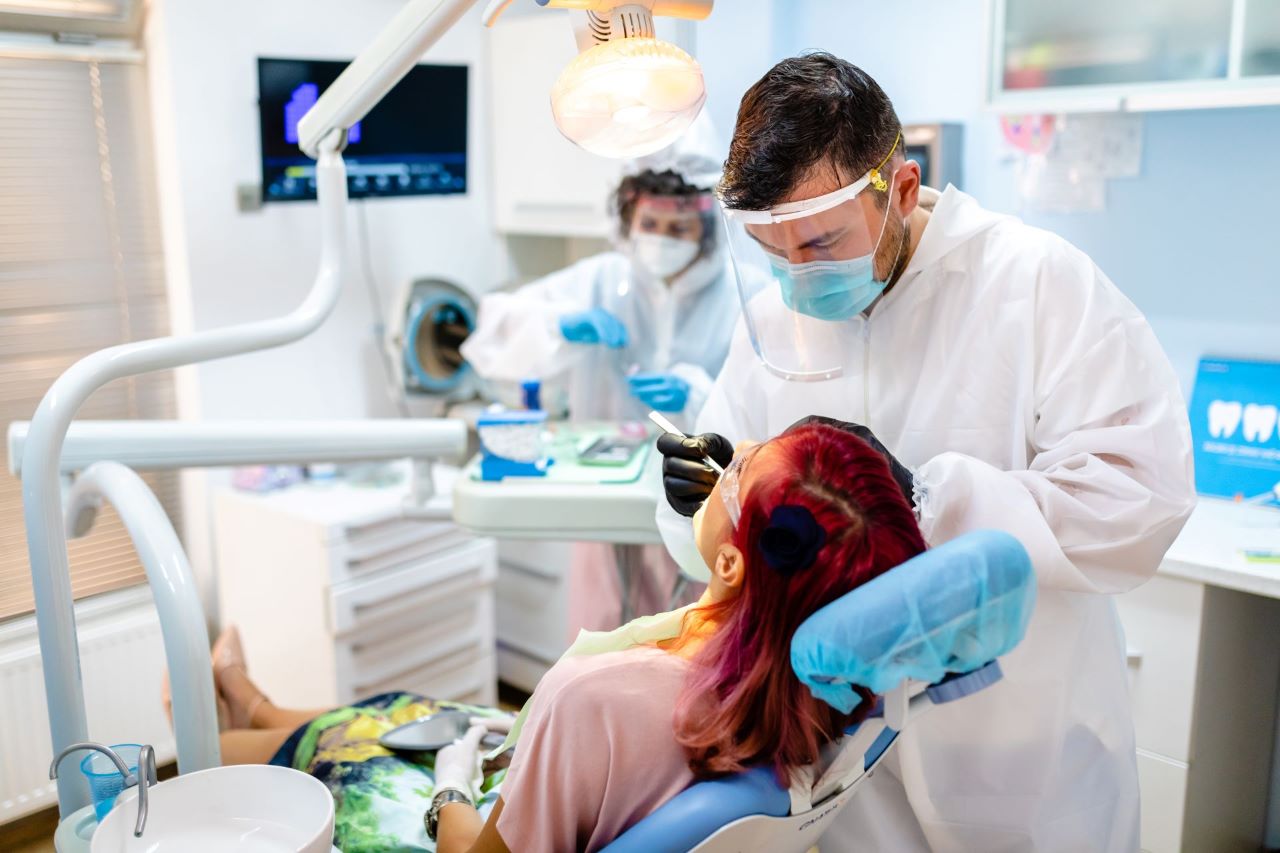From same-day delivery and on-demand entertainment to the rise of “hustle culture,” the speed of life seems to be getting faster all the time. And as time becomes an increasingly precious commodity, so, too, rises the value of convenience. It then comes as little surprise that ease and efficiency are now default expectations of any service – including dental care.
Recent data shows that convenience plays a major role in the preferences of today’s patients. In 2023, Accenture’s Patient Experience Benchmark Survey found that “access” – defined as “ease of entry into the care experience and the ability for those needs and preferences to be met coming into the front door” – was “the overwhelming driver” of how patients select their healthcare providers, as well as their subsequent loyalty to them. This aligns wi th results of a survey conducted on behalf of Dentsply Sirona, which revealed that:
- 85% of dental patients would prefer to complete treatments in a single visit.
- 52% would be willing to pay more for single-visit dentistry.
- Approximately two-thirds of patients would even change their dentist or travel further to receive “same-day” services.
From this, it’s not hard to see why providing single-visit dentistry offers an opportunity for practices to meet the expectations of their patients while maintaining an edge in an ever-more competitive landscape. And fortunately, the technologies that make it possible to deliver this service have never been better or more rewarding to use.
Starting Out
The origins of single-visit dentistry date back to 1985, when the first computer aided design and manufacturing (CAD/ CAM) system was introduced to the profession. Initially, practical applications for this new method of fabricating dental restorations, called Chairside Economical Restoration of Esthetic Ceramic (CEREC), were limited, only permitting a 2-dimensional (2D) view of scans and production of inlays for immediate cementation. As Juergen Langenbach, DMD, MAGD, a dental student in Germany when the CEREC prototype was launched, shared with Dental Product Shopper, “Everyone was intrigued by the idea of CAD/CAM dentistry, but no one was ready to buy into the system.”
But in the decades to follow, CAD/CAM quickly grew to encompass an entire ecosystem of advanced technologies, enabling many more in-office applications and the practice of digital dentistry as we know it today. Modern intraoral scanners, chairside milling units and furnaces, along with the latest CAD/CAM materials and software, facilitate streamlined, often same-day workflows, allowing dentists to deliver a final restoration in as little as a single patient visit. “At first, same-day restorations seemed too daunting and lengthy an appointment, but as we grew more confident and experienced, single-visit crowns became the norm,” Dr. Langenbach explained. Now, he’s also confident that CAD/CAM definitively provides “the best workflow for restorative dentistry.”
Benefits Across the Board
From a patient perspective, access to single-visit dentistry means the convenience of not having to attend multiple appointments or deal with temporary restorations in between. For doctors, same-day CAD/CAM restorations not only take the challenges and potential complications associated with temporaries and traditional impressions off the table but also make treatment outcomes more predictable thanks to the accuracy and reliability of digital scanning, design and machining techniques. And this is all while reducing lab fees, materials costs and workflow inefficiencies – benefits that free up team resources for reallocation to patient care, productivity, and anything else the practice needs to thrive.
To continue reading about the benefits of single-visit dentistry, visit our OnTarget publication here.





You must be logged in to post a comment.